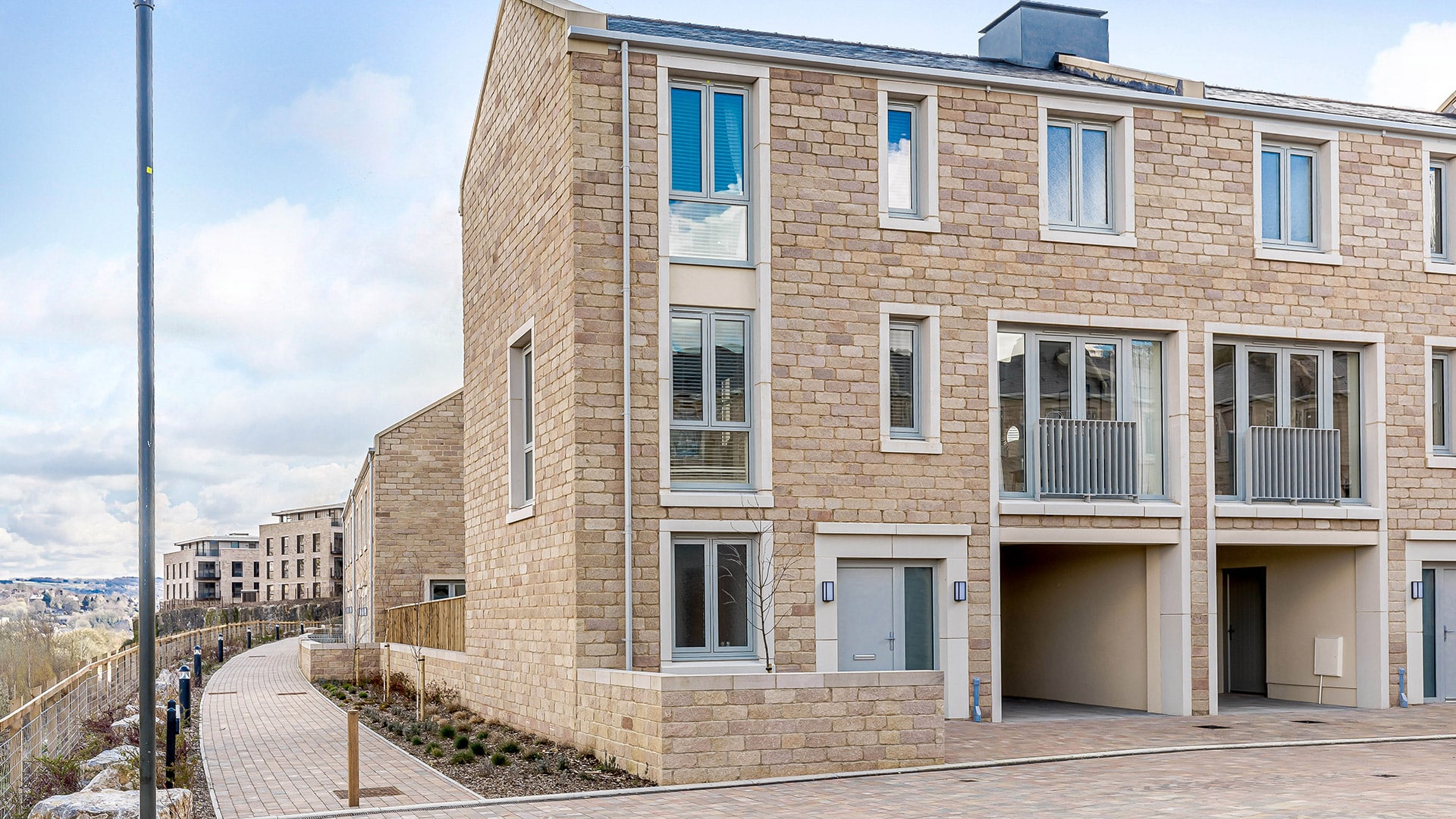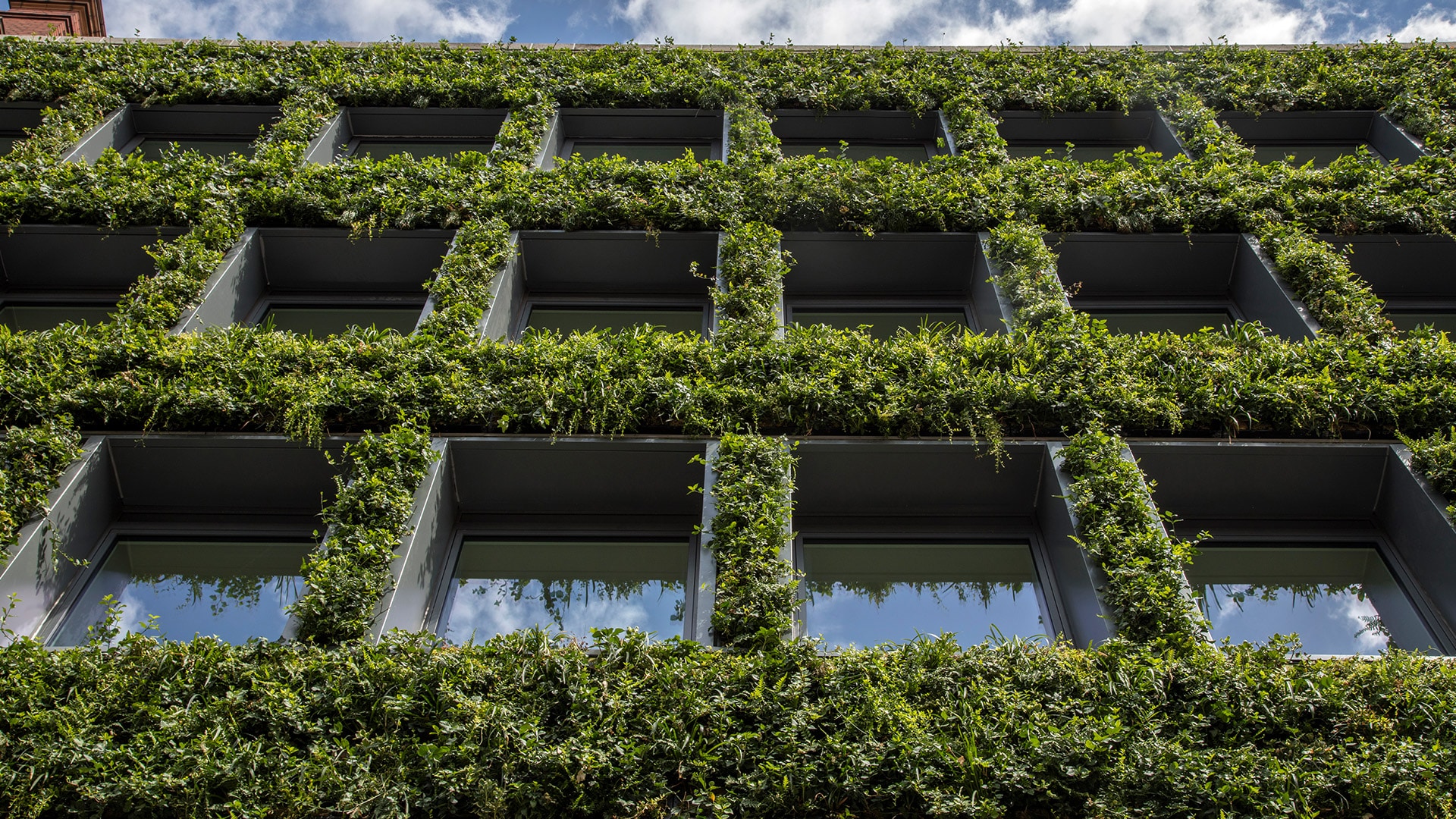Velvet Mill
- Status
- Completed 2018
- Client
- Urban Splash
- Value
- £20m
- Procurement Method
- Traditional
- Services
- Architect and Lead Consultant from Inception to Completion
- Scale
- 14,000m²
Awards
- Yorkshire Residential Property Award 2019 – Best Design Project - Winner
- Structural Awards 2019 – Commended
- Wood Awards 2019 - Shortlisted
- Retrofit Awards 2012 - Shortlisted
- Aluminium in Building - Shortlisted
- Architecture Today Awards 2023 - Finalist
Velvet Mill was part of a fantastically robust complex of derelict weaving mills in a formerly deprived area of Bradford in the North of England but now a major focus of regeneration led by developers Urban splash in conjunction with Bradford City Council and Yorkshire Forward.
- Status
- Completed 2018
- Client
- Urban Splash
- Value
- £20m
- Procurement Method
- Traditional
- Services
- Architect and Lead Consultant from Inception to Completion
- Scale
- 14,000m²
Awards
- Yorkshire Residential Property Award 2019 – Best Design Project - Winner
- Structural Awards 2019 – Commended
- Wood Awards 2019 - Shortlisted
- Retrofit Awards 2012 - Shortlisted
- Aluminium in Building - Shortlisted
- Architecture Today Awards 2023 - Finalist
Velvet Mill is the second phase in the regeneration of Lister Mills. David Morley Architects converted the Grade II listed mills into 190 apartments, including a new two storey roof top extension, and 6,500 sq ft flexible community and commercial space at ground floor level.
Originally completed in 1873 and once the world’s largest silk mill, Lister Mills is an architecturally stunning collection of Grade II* Listed mills and warehouses dominating the Bradford skyline, located within the deprived area of Manningham. Lister Mills were commissioned by the Samuel Lister who was a great innovator, securing more UK patents than any of his contemporaries. The philosophy of the restoration was to build on Listers example of innovation by using the very best technologies currently available, and by creating a visual contrast between the existing fabric and the new, providing clarity to the passage of time of the building.
The penthouse pods were inspired by the building’s history as a textile mill when it provided 1,000 yards of velvet for George V’s coronation. The concept of the penthouse pods was to deliver a provocative design juxtaposition; the roof is a very special place, and the pods not only take advantage of superb views of miles around, but they act as a beacon, making a visual statement about the much needed regeneration of this area in Bradford.










